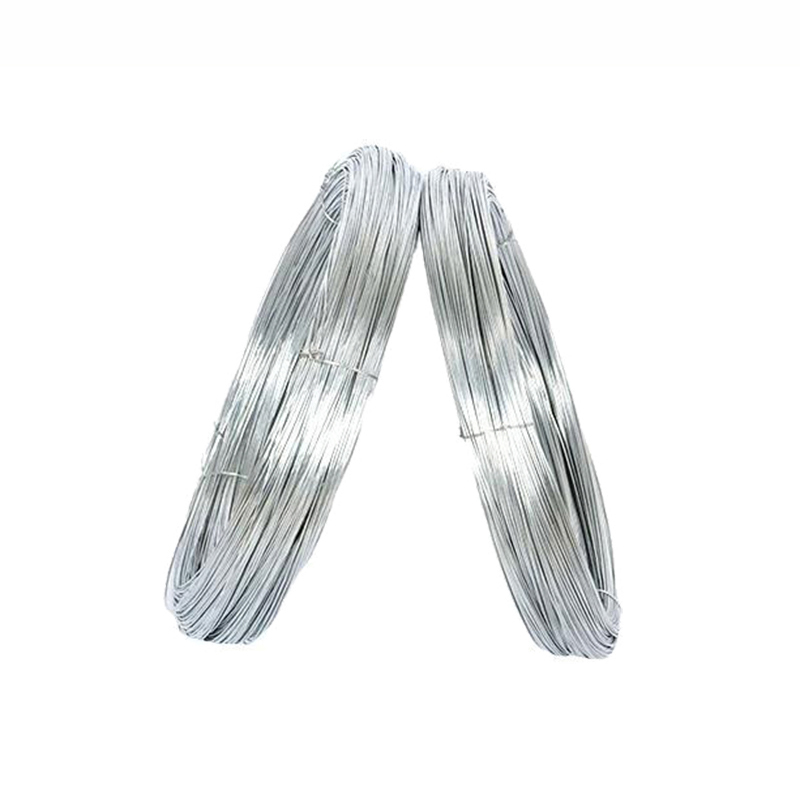Description of Product
Galvanized iron wire is a type of metal wire made from low-carbon steel wire rods. It undergoes a drawing process first, followed by a galvanization treatment. Its core advantages lie in combining basic strength with excellent corrosion resistance.
Dual Protection with Strong Corrosion Resistance: The galvanized layer on the surface effectively isolates the steel from air and moisture, significantly slowing down oxidation and rusting. It maintains stable performance even in harsh environments such as humid conditions and outdoor settings, with a much longer service life than ordinary black iron wire.
Controllable Strength for Wide Adaptability: The hardness and toughness of the iron wire can be adjusted by controlling the number of drawing passes. It ranges from soft and easy-to-bend binding wire to high-strength wire for weaving, meeting the mechanical property requirements of different scenarios.
Smooth Surface for Easy Processing: The galvanized layer is uniform and the surface is smooth without obvious burrs. This makes it less likely to scratch hands during subsequent weaving, cutting, and binding processes, and also reduces wear on other materials it comes into contact with.
Based on differences in galvanization processes, it can be divided into two main types, each with distinct application scenarios:
Hot-dip Galvanized Iron Wire: The iron wire is dipped into molten zinc to form a galvanized layer. This layer is thicker and has strong adhesion, offering excellent corrosion resistance. It is suitable for long-term outdoor use, such as in highway guardrail nets, agricultural greenhouse frames, and outdoor fences.
Electro-galvanized Iron Wire: A zinc layer is deposited on the surface of the iron wire through electrolysis. The layer is thinner but has a brighter surface, and the cost is relatively lower. It is suitable for indoor scenarios or short-term use needs, such as in handicraft production, gift box binding wire, and indoor decorative nets.
Construction Field: Used for binding and fixing steel bars (binding wire), weaving anti-cracking nets for walls, and making safety nets for scaffolding, enhancing the stability of building structures.
Agricultural Field: Used for building orchard fences, breeding cages (chicken cages, rabbit cages), and tensioning ribs for greenhouse supports, meeting both protection and wind/rain corrosion resistance needs.
Industrial and Daily Use: Used for making mesh layers in storage shelves, filter nets, and coat hanger frames. It can also be used as packaging wire to fix goods such as cartons and pipes.
